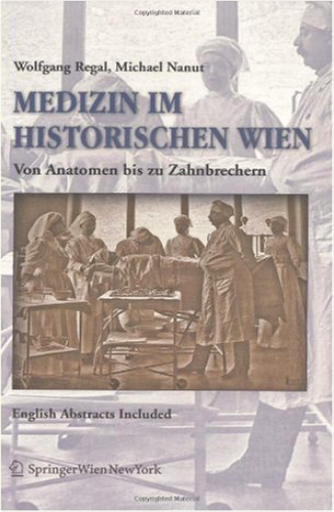 Wien genießt nicht nur durch den Wiener Walzer, die Sängerknaben und die Lippizaner Weltruf. Auch die Wiener Medizinischen Schulen trugen wesentlich zum Nimbus dieser Stadt bei. Wer und was sich hinter diesem Begriff verbirgt, wie er zustande kam und vor allem wo sich heute noch Spuren finden, vermittelt dieses Buch dem Spezialisten, aber auch dem interessierten Laien. Das Spektrum der medizinischen Sammlungen und Museen in Wien ist weit und umfangreich. Von den Anatomen bis zu den Zahnbrechern ist fast alles vertreten. Ein Streifzug unter der Devise: "Um Gegenwart und Zukunft beurteilen zu können, sollte man die Vergangenheit kennen". 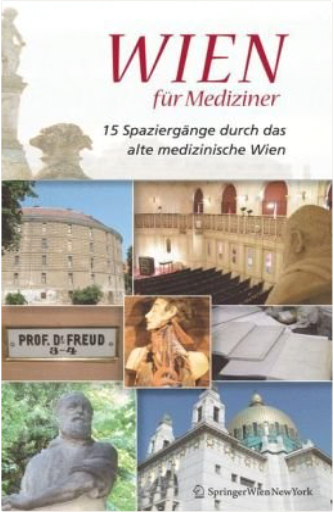 3211486399 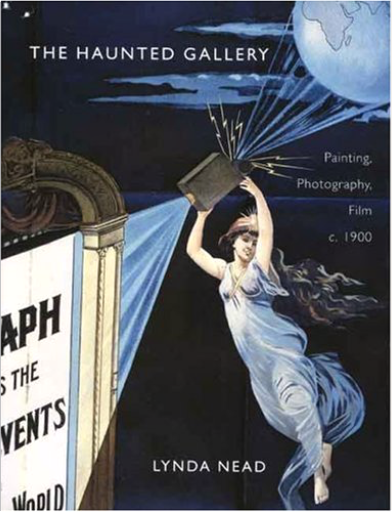 In the late nineteenth century, the development of a relatively new inventionthe moving picturedramatically changed visual culture. Films not only captured the public imagination, they altered the way the world was represented to and received by the eager viewing audience. This groundbreaking book explores the history of visual media in Britain during this key period, when the nineteenth century was closing and the twentieth just beginning. | 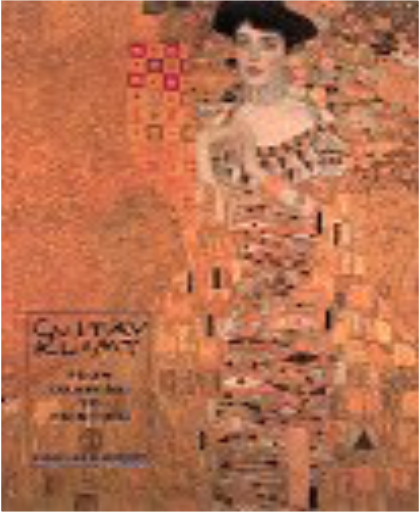 Gustav Klimt (1862-1918) is perhaps the most remarkable artists to have emerged from fin-de-siecle Vienna. Heavily influenced by Symbolism and Art Nouveau, Klimt developed a controversial and highly personal style emphasizing decorative form and flat pattern, and conveying a powerful yet mysterious sexuality. His relationship with his home city seemed ambivalent: central to the culture of his time he nonetheless exposed unflinchingly the rupture between the artist and a society dizzy with its own beauty, on the edge of collapse. 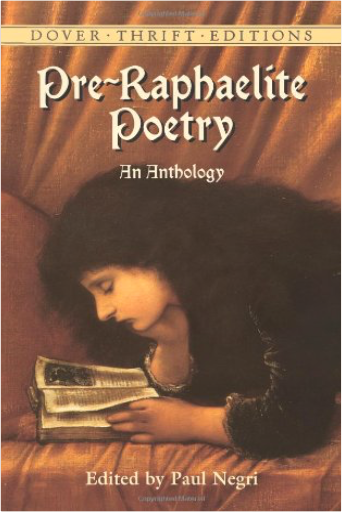 This outstanding anthology presents the most inspired verse of the the Pre-Raphaelite movement — a treasury of poems that resounds with a lush musicality of language. The poetry of Dante Gabriel Rossetti crowns this collection: highlights include "The Blessed Damozel," "My Sister's Sleep," and selections from The House of Life. Christina Rossetti is amply represented by "Remember," "Cousin Kate," "Song," "The Convent Threshold," and other memorable poems. Algernon Charles Swinburne's "The Garden of Proserpine" and William Morris' "The Haystack in the Floods" appear here, along with George Meredith's "Lucifer by Starlight" and selections from Modern Love. 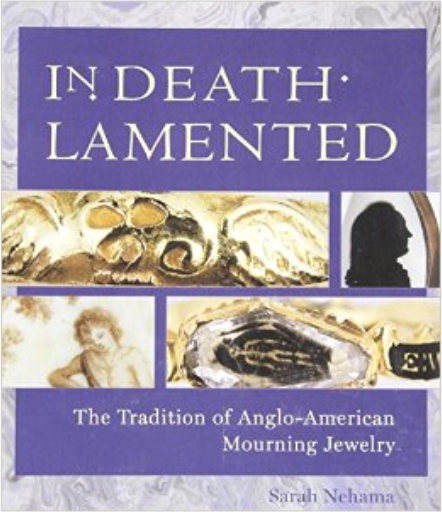 In Death Lamented: The Tradition of Anglo-American Mourning Jewelry illustrates and explains prime examples of rings, bracelets, brooches, and other pieces of mourning jewelry from the seventeenth, eighteenth, and nineteenth centuries. Like the exhibition at the Massachusetts Historical Society, this volume showcases the materials in the Society’s collection and that of Sarah Nehama, a jeweler and private collector who co-curated the event at the MHS. These elegant and evocative objects are presented in context, including written explanations of the history, use, and meaning of the jewelry, as well as related pieces of material culture, such as broadsides, photographs, portraits, and trade cards. The jewelry included illustrates some of the most exemplary types, from early gold bands with death’s head iconography to jeweled brooches and intricately woven hairwork pieces of the Civil War era. 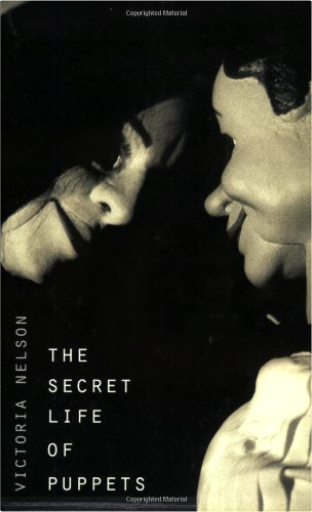 In one of those rare books that allows us to see the world not as we've never seen it before, but as we see it daily without knowing, Victoria Nelson illuminates the deep but hidden attraction the supernatural still holds for a secular mainstream culture that forced the transcendental underground and firmly displaced wonder and awe with the forces of reason, materialism, and science.  Medicine's Michelangelo is a remarkable and first major biography of Frank H. Netter, MD, written by his daughter, Francine Mary Netter. She captures the character of the man and tells his life story using not only her remembrances but also Frank Netter's own autobiographical notes, personal correspondence and private files, publications of his work and public archives, and more than one hundred interviews with family members, artists, distinguished practitioners, and scientists. More than an account of his momentous career, this book provides a personal introduction to the man behind the art.  Book by Netter, Frank H. |

Morbid Anatomy Museum
Collection Total:
1,253 Items
1,253 Items
Last Updated:
Jan 26, 2016
Jan 26, 2016



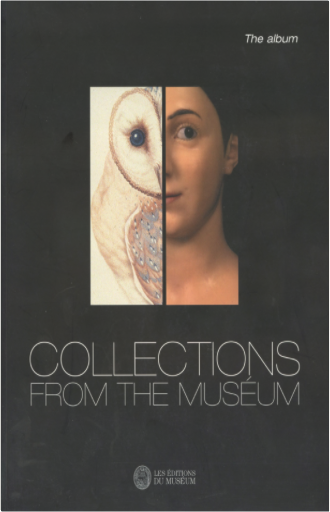

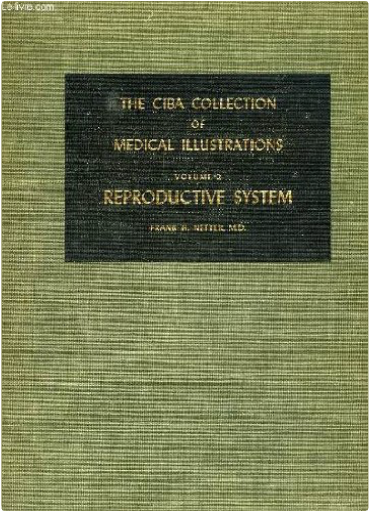
 Made with Delicious Library
Made with Delicious Library